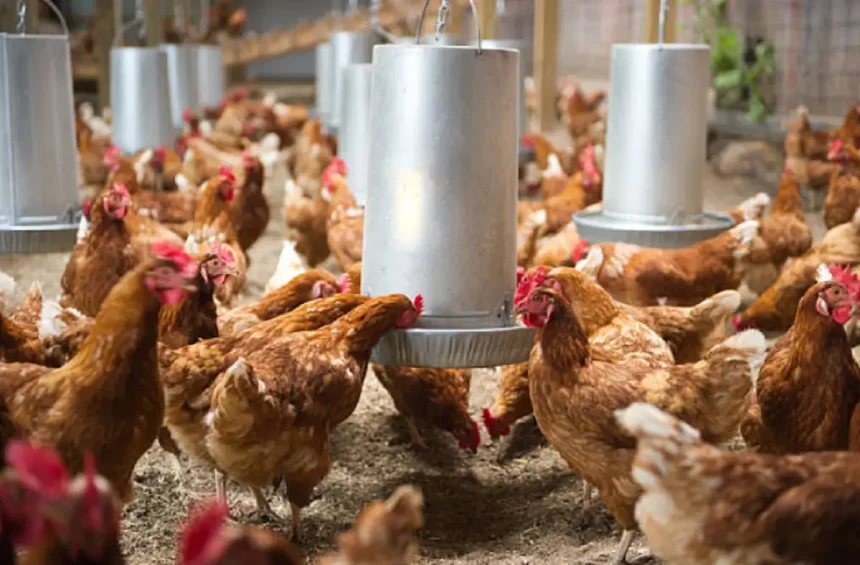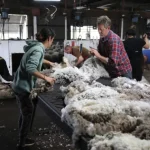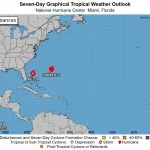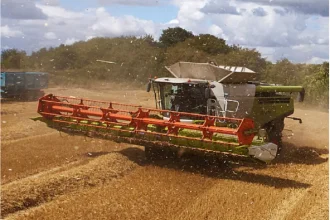Avian flu in dairy cows detects mutations that increase its virulence
In March 2024, an outbreak of avian influenza was recorded in dairy cows in the United States for the first time. This was unprecedented, as the H5N1 virus had previously only affected birds and some mammals. From that beginning, the virus spread rapidly: by September 2025, 1,080 cases had been reported in cattle in 18 states, according to data from the U.S. Department of Agriculture.
The identified strain belongs to clade 2.3.4.4b of the H5N1 virus, a highly pathogenic virus that is also responsible for infections in poultry and other mammals. In addition, 70 cases have been confirmed in humans, primarily dairy farm workers; one of them died from the infection.
Mutations that explain greater virulence
A recent study published in Science Advances analyzed the specific characteristics of the pathogen detected in the United States and showed that it differs from the H5N1 virus circulating in Europe and Asia. According to the researchers, two specific genetic mutations explain its greater adaptability and virulence.
Work in animal models revealed that changes in the PB2-478I and NP-450N genes increase viral replication capacity. This allows the virus to spread more rapidly within the infected organism. When scientists eliminated these mutations in the laboratory, the animals stopped developing systemic infections, confirming their role in pathogenicity.
The team, led by Young-Il Kim of the Center for the Study of Emerging Viruses in South Korea, also confirmed that the mutated samples could replicate in human cells and bovine mammary glands. This finding reinforces concerns about the virus's adaptation to new species.
Scientific reactions and surveillance measures
"The study provides crucial evidence on the genetic determinants associated with the virulence of the H5N1 avian influenza subtype in dairy cows. It is a priority to strengthen epidemiological surveillance and research into adaptation mechanisms," explained virologist Aitor Nogales of the Animal Health Research Center in Spain.
The Spanish Society of Emergency Medicine also warned in September about the need to be prepared. It emphasized that, although the strains circulating in Europe and the United States are not identical, the increase in highly pathogenic avian influenza outbreaks is a global phenomenon.
Implications for public health
The spread of avian influenza in dairy cows raises questions about the impact on public health and food safety. While human cases have so far been isolated and linked to direct contact, the possibility of further adaptations of the virus requires strict control measures.
The experience serves as a reminder of the importance of biosecurity in dairy farms and intensive production systems. For workers, it means stricter protocols, from protective clothing to frequent health checks. At the international level, the episode reinforces the need for scientific cooperation to monitor possible changes in the virus and anticipate transmission risks.
The monitoring of this strain in cattle sets a unique precedent. Until now, H5N1 had primarily affected poultry, but its detection in cows confirms that its capacity to adapt is greater than expected.
With more than a thousand reported cases and mutations associated with greater virulence, the scientific community insists on the importance of maintaining surveillance and deepening research to avoid more complex scenarios.
The spread of avian influenza in dairy cows requires strengthening international cooperation in epidemiological surveillance. The World Organization for Animal Health has already urged producing countries to share data more quickly, given that the virus recognizes no borders. For Latin America, where dairy production is key, this precedent in the United States is interpreted as an early warning to avoid future risks.


















